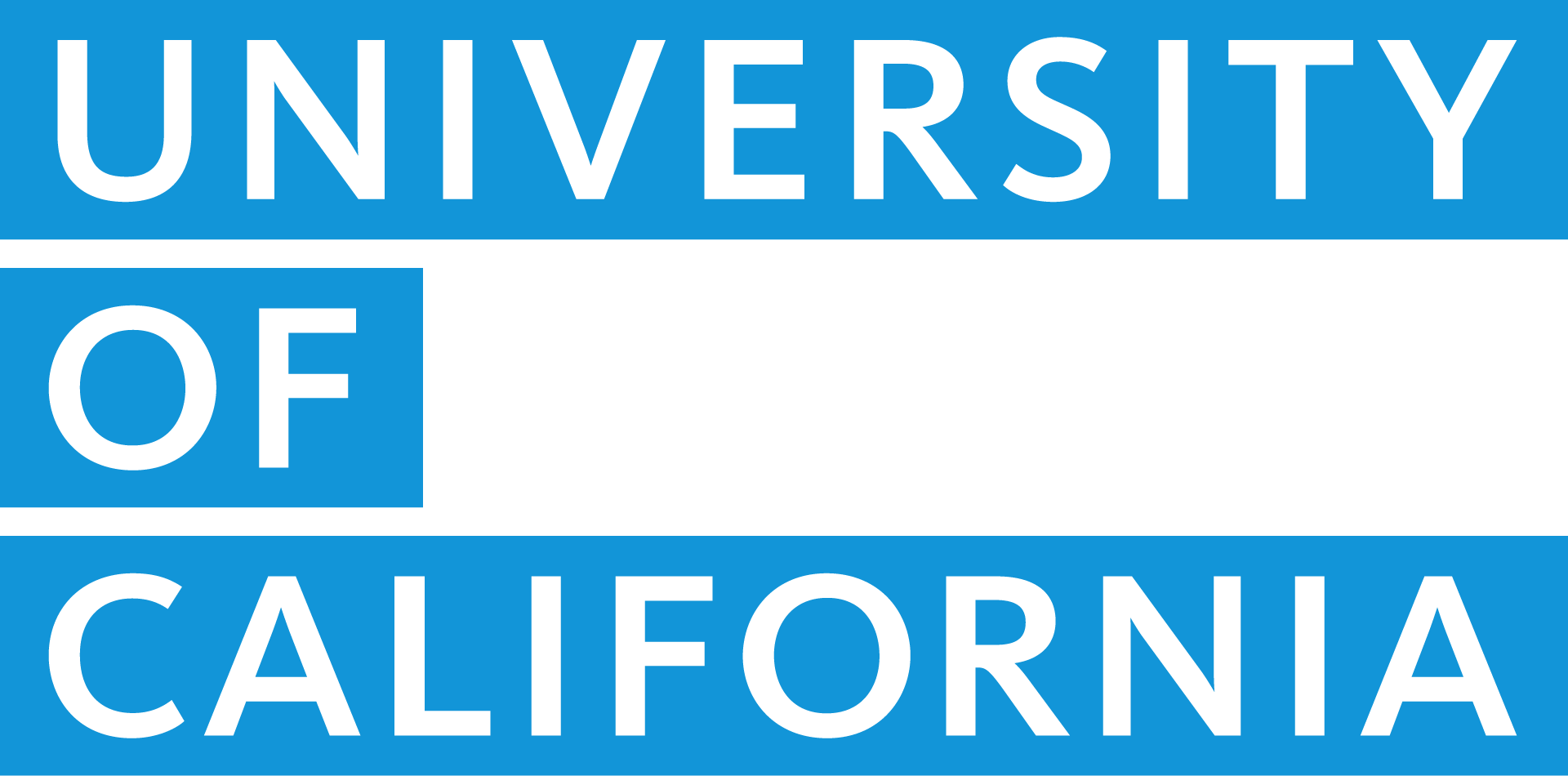- For HR administrators
-
Guidelines for rehire of UC retirees
Guidelines for rehire of UC retirees
The University of California hiring policies should include the following rules for the reemployment of former University employees who are receiving UC Retirement Plan pension benefits. Failure to adhere to these guidelines could endanger the favorable tax status of the UC Retirement Plan, which would result in tax for all participants. Taxable income could be based on the value of a member’s entire accrued benefit in the UC Retirement Plan at the time of disqualification. The Internal Revenue Service (IRS) rules governing the UC Retirement Plan prohibit distributions unless an employee has separated from service. In judging whether or not a separation from service has occurred the IRS will look at the facts and circumstances of each case.
Guidelines and additional information
- Both the University and the employee must have intended that a separation from service occur and intended the separation to be permanent. A reduction in the number of hours (i.e., working part-time), or a transfer to a different location is not sufficient. In particular, the University cannot agree, prior to an employee’s separation or retirement, to rehire such employee. Agreeing to rehire prior to separation has been called a “sham transaction” by the IRS.
- The University must process the employee as if he/she has separated from service. For example, a COBRA election or information on retiree medical should have been provided to the employee upon separation, and other fringe benefits not available to anyone other than active employees should have terminated.
- Upon termination, the employee must have surrendered some value, such as seniority or access to any benefits not available to anyone other than University employees.
- The University cannot rehire the employee until the earlier of the employee receiving the first retirement payment or 90 days after the employee’s retirement date.
- Exigent circumstances should be causing the employee to return to work, such as the University could not find a suitable replacement after a search, the employee had a change in his or her personal circumstances, or the University’s circumstances changed.
- Generally, retirees should work less than 1,000 hours in 12 months (if paid hourly) or be recalled for 43% time appointments or less in order to continue to receive UC Retirement Plan benefits. This limitation is especially critical for rehiring of senior management.
- The employee has acquired new training or skills, which qualify the individual for a new position.
- The employee is returning to a completely different job (different supervisor, department, salary, schedules, etc.).
- The employee had interim employment with an employer unrelated to the University.
